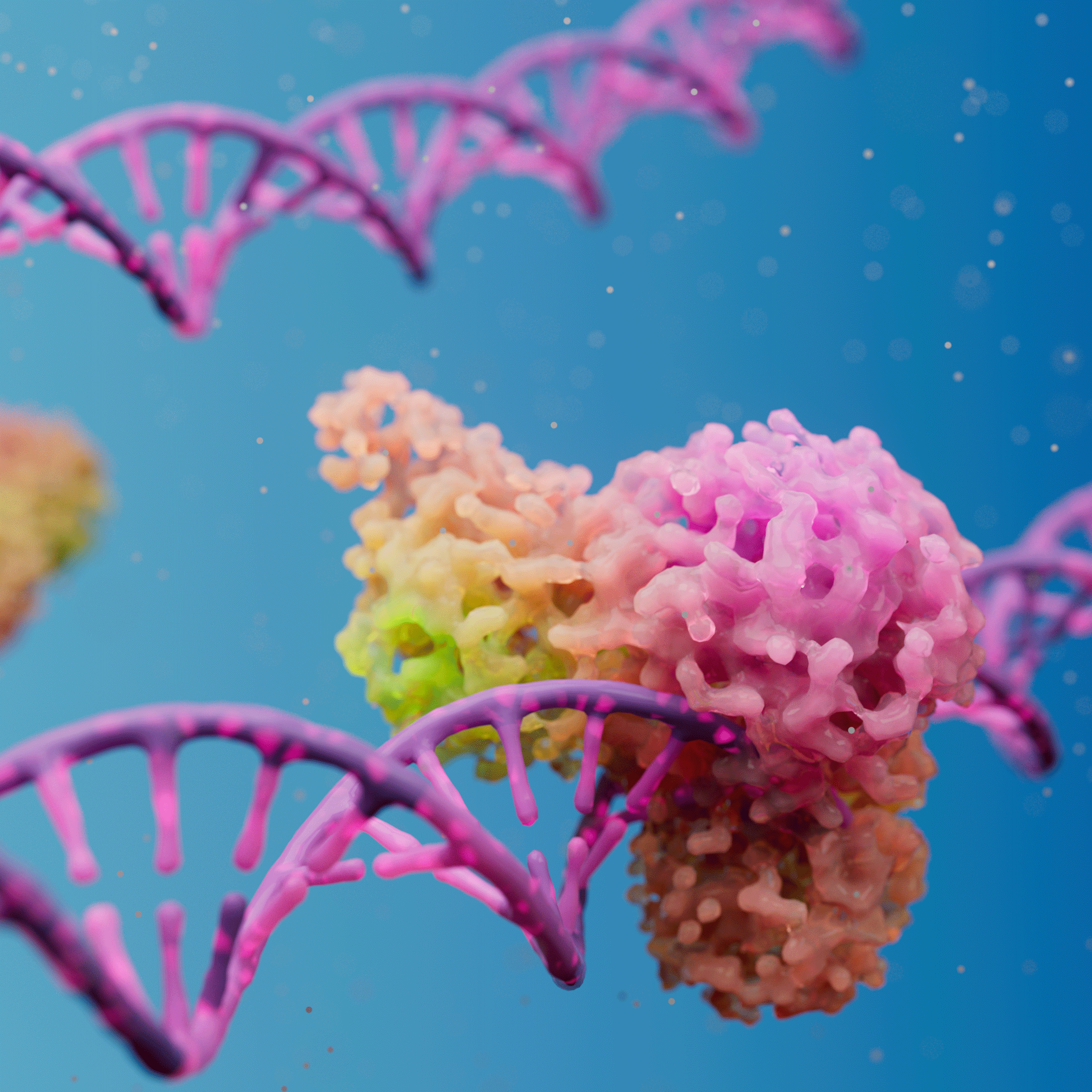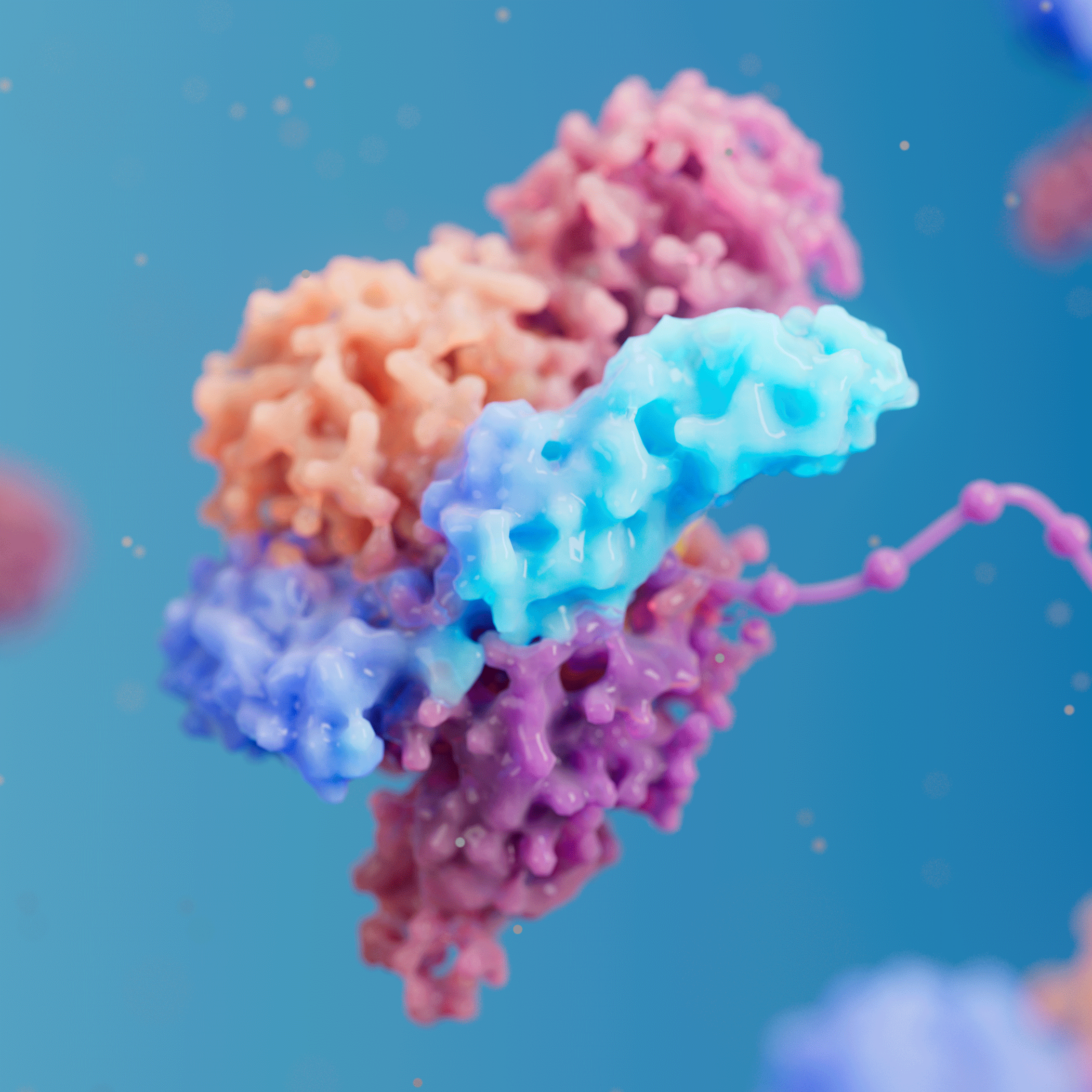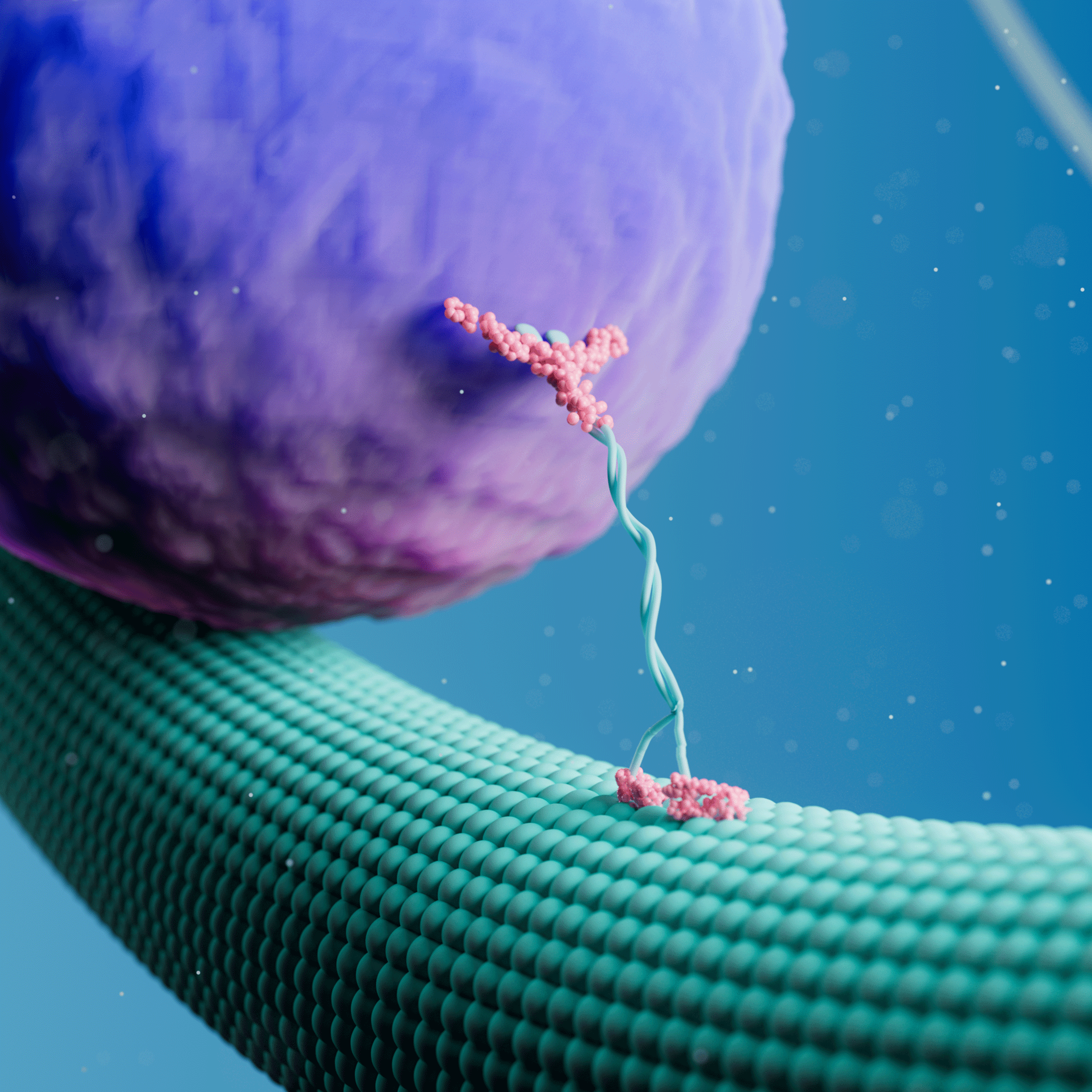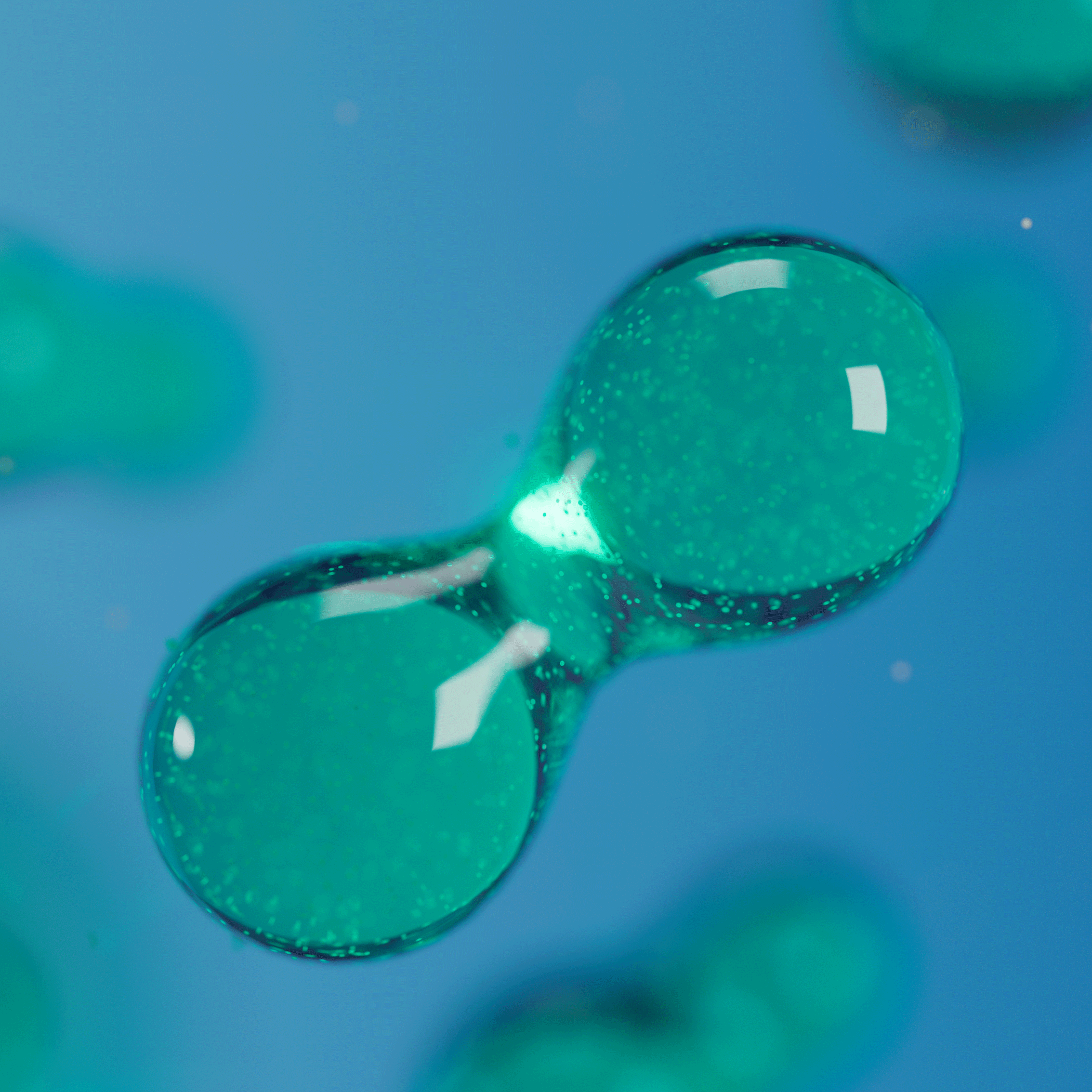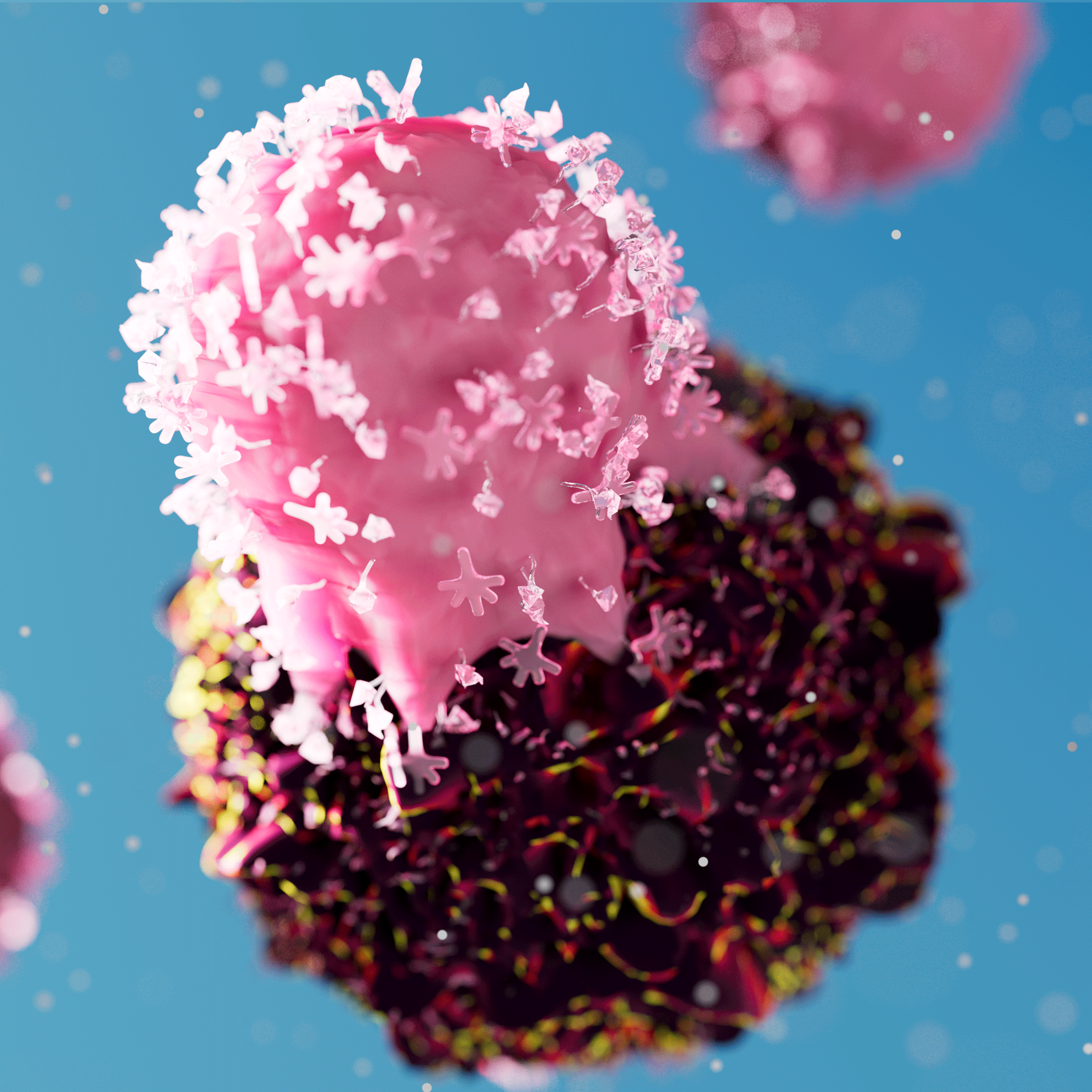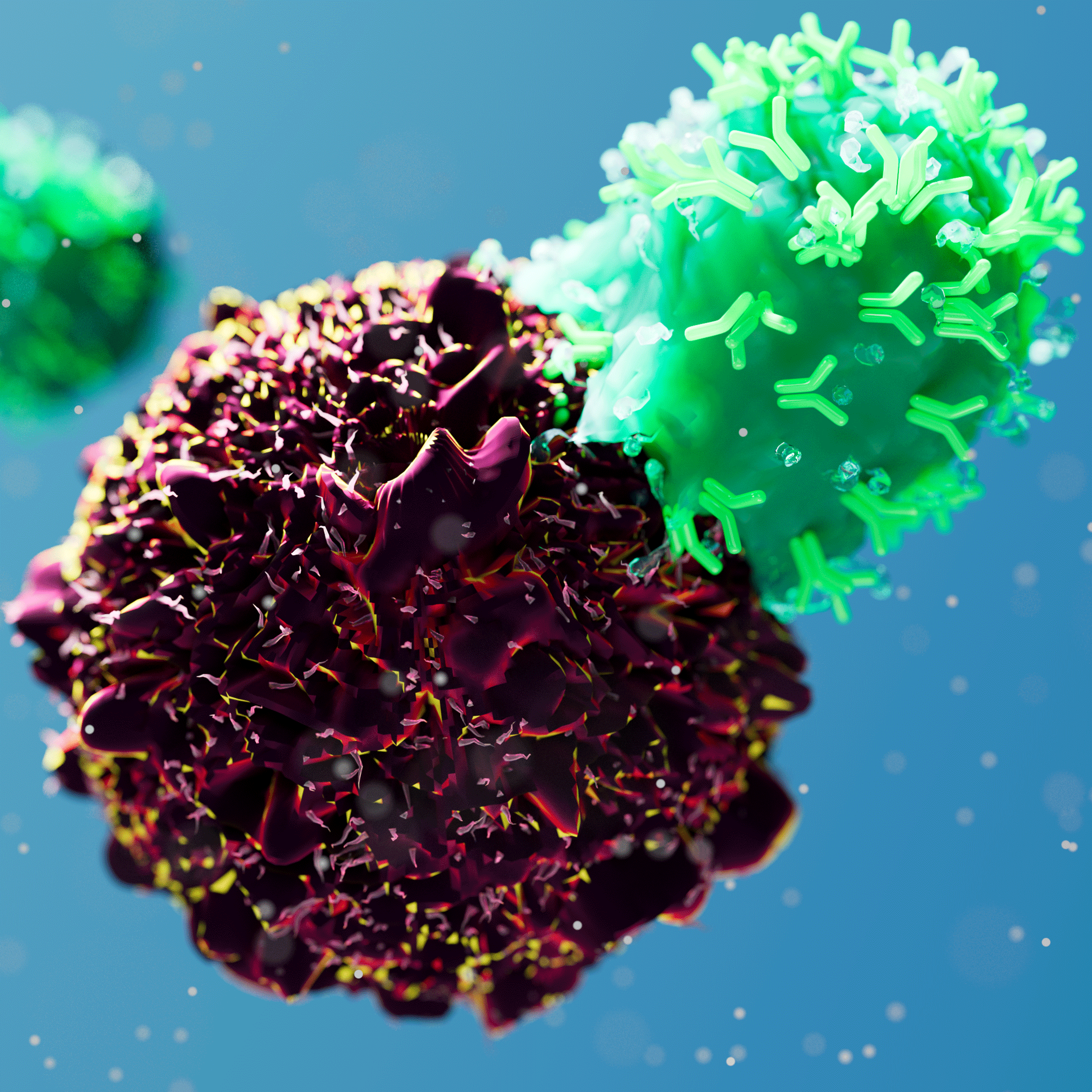Unlocking new dimensions with our world-class solutions in
dynamic single-molecule & cell avidity analysis
Our dynamic single-molecule solutions
C-Trap and m-Trap
The world’s first instruments that allow the measurement of forces and interactions at the single-molecule level and in real time.

C-Trap®
Unparalleled Optical Tweezers – Fluorescence & Label-free Microscopy
The C-Trap is the world’s first instrument that allows simultaneous manipulation and visualization of single-molecule interactions in real-time.
It combines high-resolution optical tweezers, fluorescence, and label-free microscopy, and an advanced microfluidics system in a truly integrated and correlated solution.
Curious to learn more?
m-Trap®
Optical Tweezers Upgradable with Widefield Fluorescence Microscopy
The m-Trap is the first entry-level optical tweezers instrument specifically developed for high-resolution single-molecule research.
Ultra-high force resolution and stability, with incredible throughput, ease of use, and modularity – all at an unprecedented price level.
Curious to learn more?
The applications:
Study molecular mechanisms involved in DNA organization, repair, replication, editing, and transcription.
Study how proteins fold correctly and undergo conformational changes to accomplish their biological function.
Cytoskeletal structure and transport
Study the activity and mechanical properties of cytoskeleton filaments and their motors.
Measure protein droplet assembly, fusion, and properties in real-time.
Our cell avidity solution
z-Movi® Cell Avidity Analyzer
The z-Movi Cell Avidity Analyzer is a unique instrument that enables you to identify the most potent effector cell populations, by measuring the overall binding strength – or avidity – between effector and target cells. Get avidity data from hundreds of individual cells in a matter of minutes.
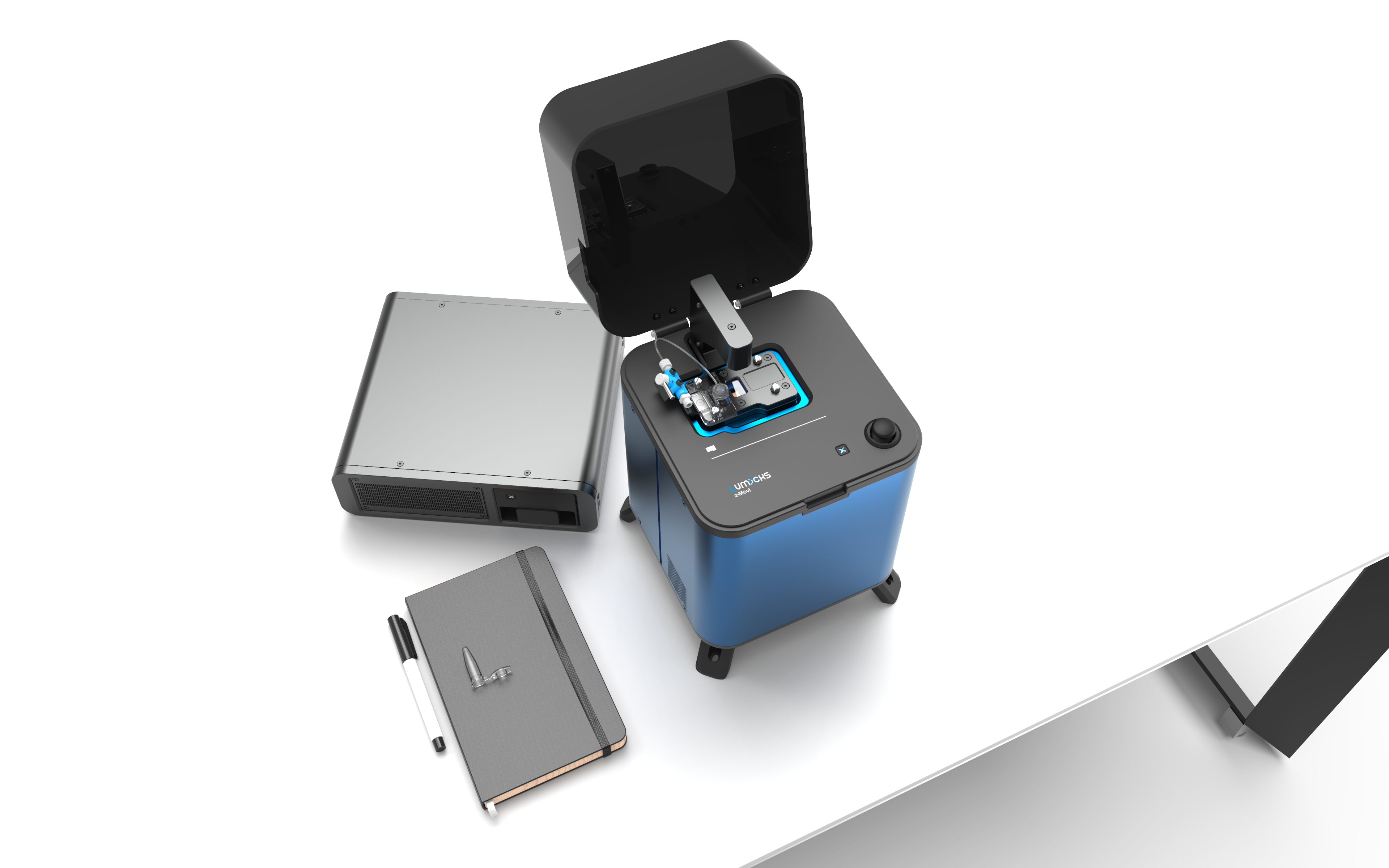
The applications:
Identify CARs that induce the “just-right” avidity. Fine-tune the desired avidities to avoid on-target/off-tumor binding. Select the optimally functioning CAR T cells based on their avidity.
Improve the functional correlation of TCR T cells by replacing affinity measurements with avidity. Reveal TCR modified T cells with optimal avidity that improve T cell responses.
Test the binding avidity associated with different BsAb. Compare the avidity of T cells engaged by these BsAb and find the most desirable response.
Compare the avidity of NK cells from different donors. Correlate the respective outcomes to effector cell functionalities, such as cell killing. Find NK cells with the optimal responses.

